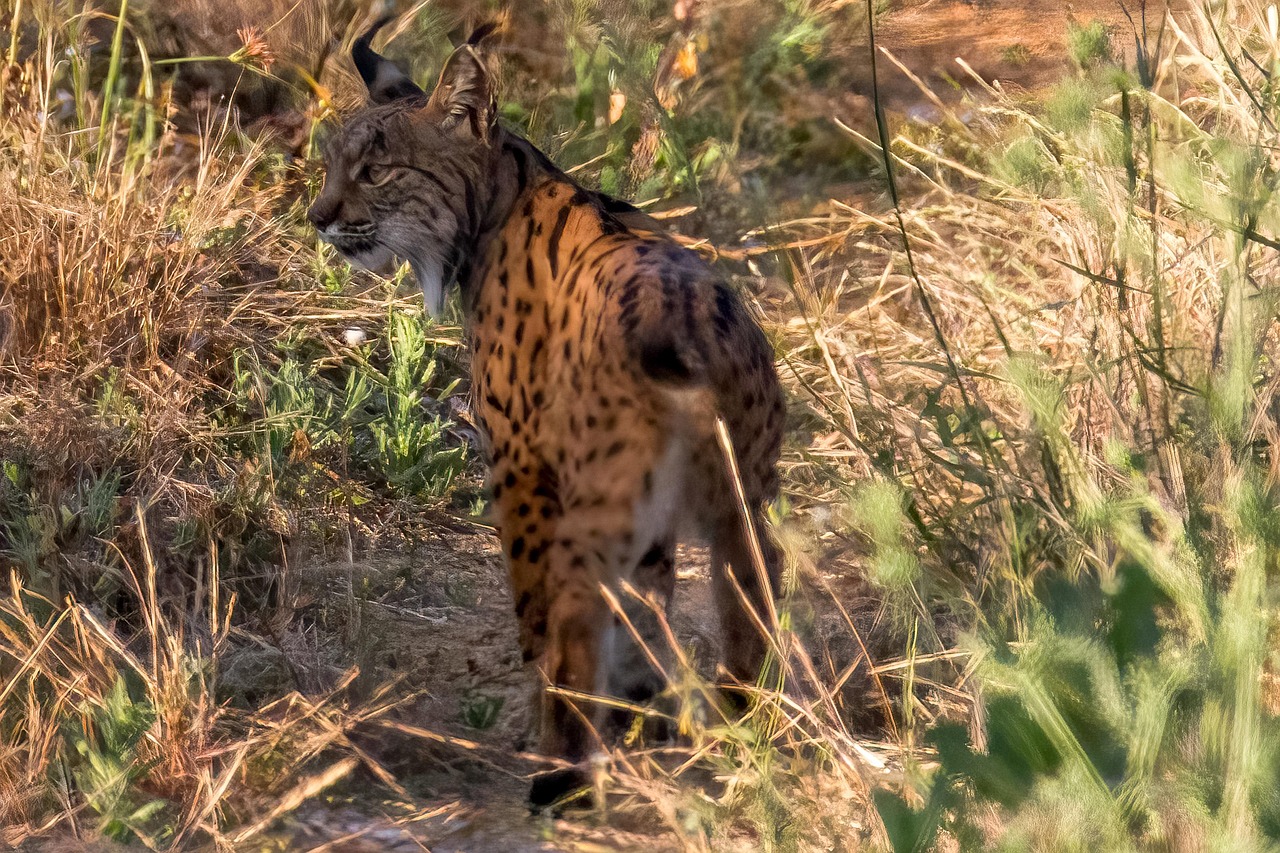By Joann Sy, Pollinis
As the International Union for Conservation of Nature (IUCN) prepares to take a position on synthetic biology in conservation, Joann Sy of Pollinis warns that we must not reframe nature conservation as a project of engineering but view it as a project of care, restoration and restraint.
Genetic engineering as a tool for nature conservation?
Scientists estimate that species are going extinct about 1,000 times faster due to human activities than they would naturally. In response to this crisis, nature conservation aims to safeguard remaining biodiversity. Until now, conservation methods have included establishing protected areas and championing certain species. Now, however, synthetic biology – an advanced form of genetic engineering – is being proposed to meet conservation aims.
Many of the proposed applications remain unproven and largely experimental. Genetically engineered trees, for instance, are being considered to enhance resistance to pests and diseases. In marine conservation, researchers are investigating ways to identify heat-tolerant gene variants in corals and introduce them into other corals to improve resilience to rising ocean temperatures. Gene drive technologies are under development as a method for controlling or eliminating invasive species.
These projects are often framed as timely responses to ecological crises, offering high-tech solutions in an era when traditional conservation methods are seen as too slow or inadequate. Yet alongside these promises come serious concerns. Scientists involved in developing these technologies have warned that releasing engineered organisms into the wild may lead to complex and potentially irreversible ecological effects. Gene drives, in particular, are designed to propagate engineered traits rapidly through entire populations, amplifying both their intended and unintended consequences.
Two visions of nature
Beneath the surface of this technical debate lies a more profound shift. The introduction of synthetic biology into nature conservation is not simply about adding new tools to an existing toolbox. It is changing the very foundations of nature conservation itself – reshaping not only whether we intervene in nature, but why and how. In doing so, synthetic biology is reframing the purpose, ethics and language of nature conservation itself.
Nature conservation, at its heart, is rooted in the idea of protection. It seeks to safeguard biodiversity, respect ecological complexity and its interconnectedness. It acknowledges the limits of human understanding. It is informed by a recognition that we do not fully understand the systems we depend on and that precaution is essential when intervening in them.
Synthetic biology, on the other hand, sees nature as improvable. It is based on the idea that living systems can be rationally designed, controlled and optimised. It treats life as programmable and ecosystems as systems to be engineered. It offers powerful tools – but those tools come bundled with a worldview: one that prizes intervention, assumes control is possible and places complete trust in technological dominance.
These two perspectives are not easily reconciled. Nature conservation asks how we can support natural systems to thrive. Synthetic biology asks how we can redesign them to fix what humans have damaged and to eventually meet human goals.
Normalising irreversible genetic interventions
Much of the discussion around synthetic biology in nature conservation remains focused on technical risks – such as whether gene-edited species will behave as intended, whether they might affect non-target organisms or whether they could trigger unpredictable ecological responses. These are legitimate concerns that require rigorous assessment and the application of the precautionary principle.
However, a deeper risk is that of normalising irreversible interventions in wild ecosystems – of shifting from a conservation ethos that values natural evolution to one that sees permanent genetic modification as “natural”. The voices of Indigenous peoples and local communities – who have different relationships with land, species and stewardship – would be ignored.
Synthetic biology could also become a convenient distraction from more difficult – and more political – conversations. Coral bleaching, for instance, is driven by rising ocean temperatures, which in turn are caused by fossil fuel emissions and extractive industrial economies. Engineering coral to withstand heat may provide temporary relief, but it does not confront the root causes of ocean warming.
In this sense, synthetic biology risks displacing more holistic, justice-oriented and ecologically grounded responses. It may end up entrenching the very systems that caused the problem – repackaged under the promise of innovation.
Reframing the question
Rather than asking whether synthetic biology can serve nature conservation goals, we should ask a more foundational question: What kind of nature conservation do we want? Do we want a conservation rooted in the protection of wildness or the redesign of living systems? Do we want to deepen our relationships with natural processes, or replace them with engineered alternatives?
Let’s remember that the point is not to outsmart nature, but to live within its limits.
A longer version of this article has been published on A Bigger Conversation.
Cliquez ici pour lire cet article en français.
Image © Anne and Saturnino Miranda, Pixabay – Iberian lynx, categorized by IUCN as Critically Endangered





